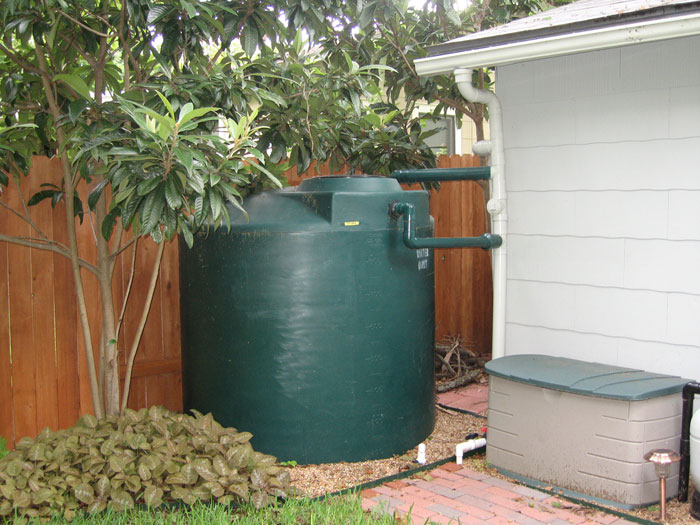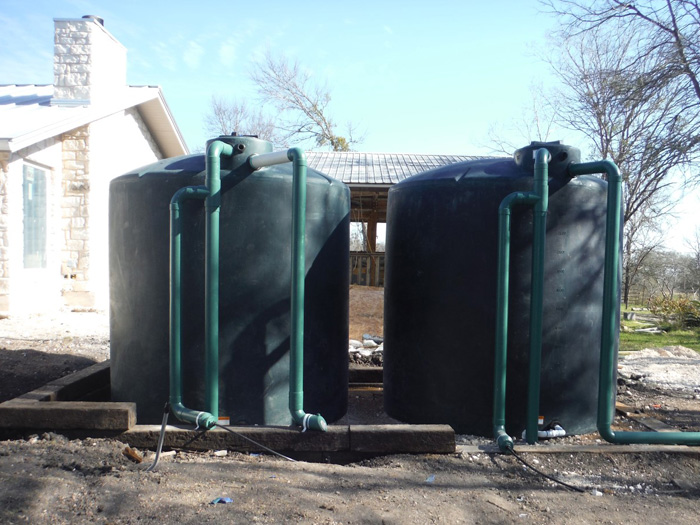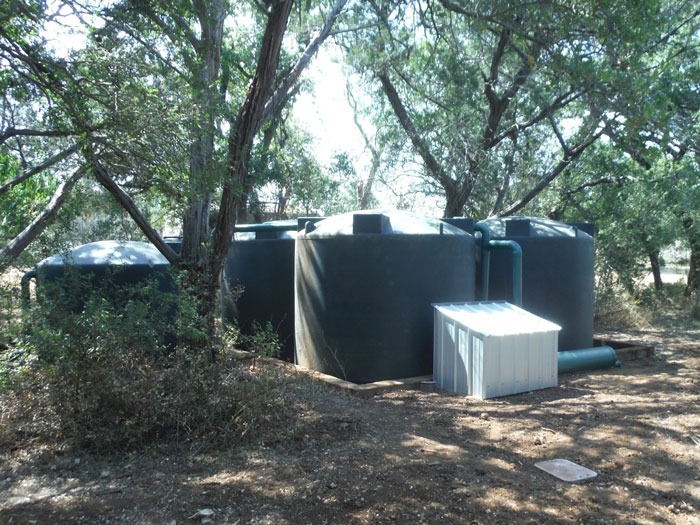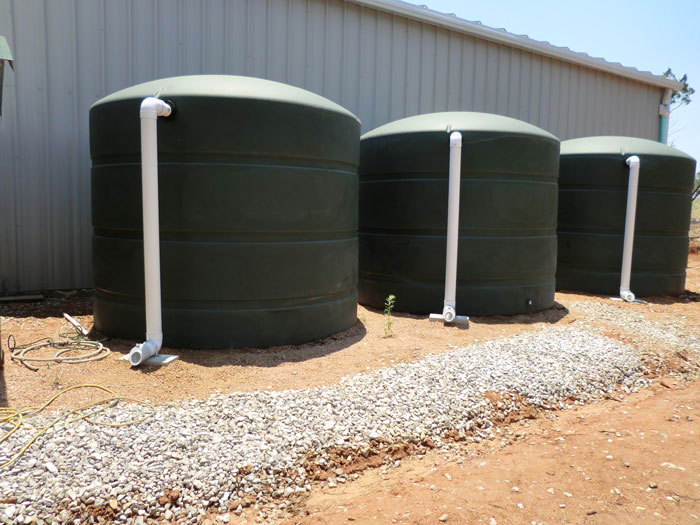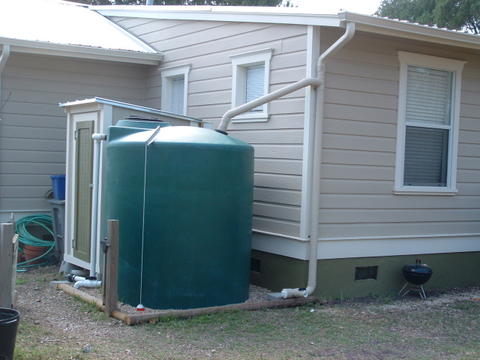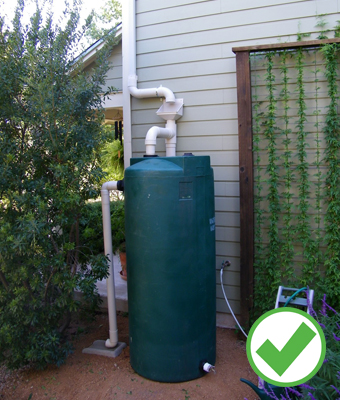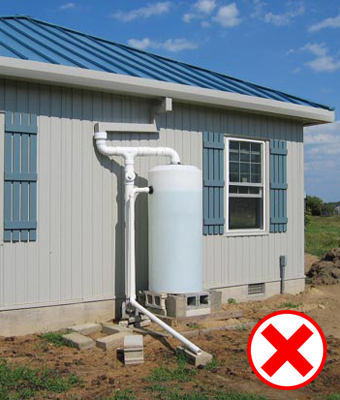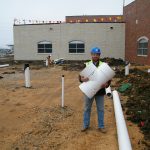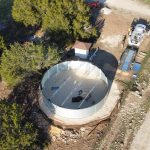The Color of Polyethylene Tanks REALLY Does Matter
Polyethylene (abbreviated PE) is the most common plastic. Many kinds of polyethylene are known, with most having the chemical formula (C2H4)n.
High-density polyethylene (HDPE) is the polyethylene most commonly used for water tank manufacturing. While there are different styles of PE tanks on the market, the traditional round tank with a domed top is the best choice for rainwater collection.
HDPE is defined by a density of greater or equal to 0.941 g/cm3. HDPE has a low degree of branching. The mostly linear molecules pack together well, so intermolecular forces are stronger than in highly branched polymers. HDPE has high tensile strength.
Advantages:
- Economical storage solution for water.
- Impact resistant, easily mold-able, and can have some UV sunlight degradation protection.
- Available in a wide variety of sizes, capacities, and colors.
- Provides strength and durability for years of reliable performance.
- Can be food grade, NSF approved for drinking water storage.
- PE tanks are easier to move and install by hand due to their strength and lightness.
- The lighter weight of PE tanks can mean lower shipping cost when compared to other tank materials.
- PE tanks won’t rust over time and have to be replaced.
- If a PE tank is accidentally punctured, it can easily be repaired, in most cases.
Disadvantages:
- The aesthetic appearance of PE tanks can be lacking.
- UV sunlight degradation of the plastic over the years even if a UV inhibitor is in the plastic
- Even though PE tanks come in a variety of sizes, they are set sizes so there are “gaps” in their product sizing which could cause issues of not being able to install as large of a tank you want because the right sized tank is a size that is in the gap of the PE tank selection.
- If you desire a large rainwater storage volume, you would have to use multiple PE tanks which could end up wasting space. Think about a round peg going into a square or a rectangle.
- PE tanks are susceptible to wildfires.
- The manufacturing process of plastic from oil is a heavy pollution generating industry.


